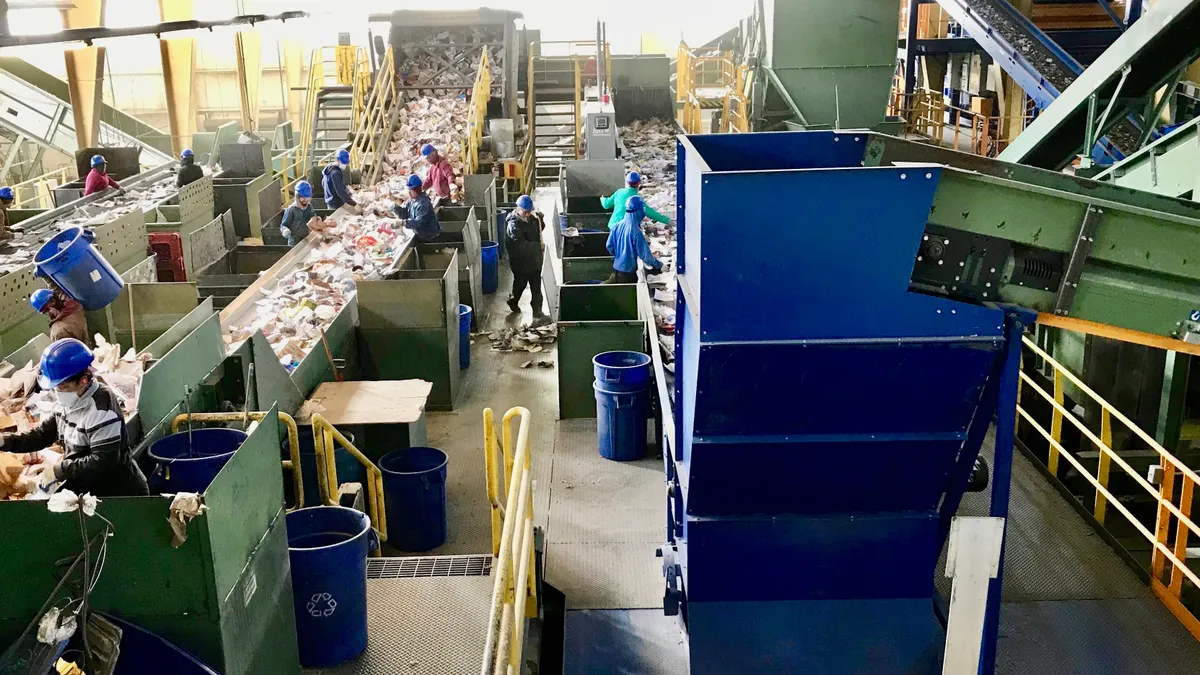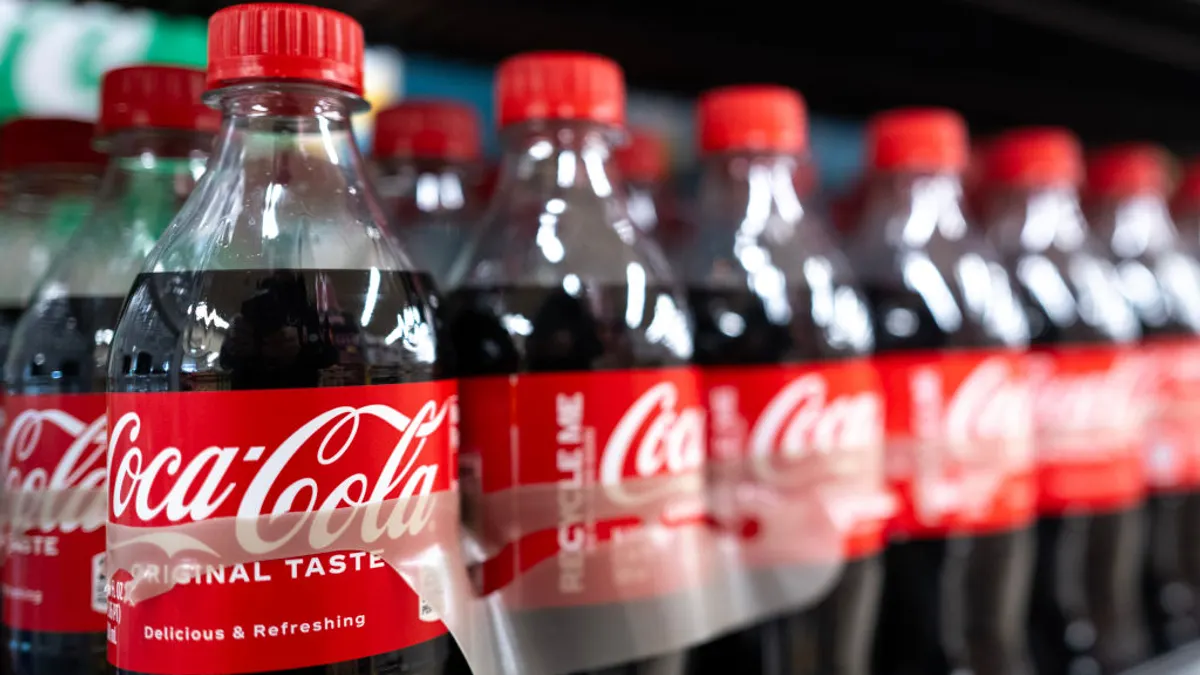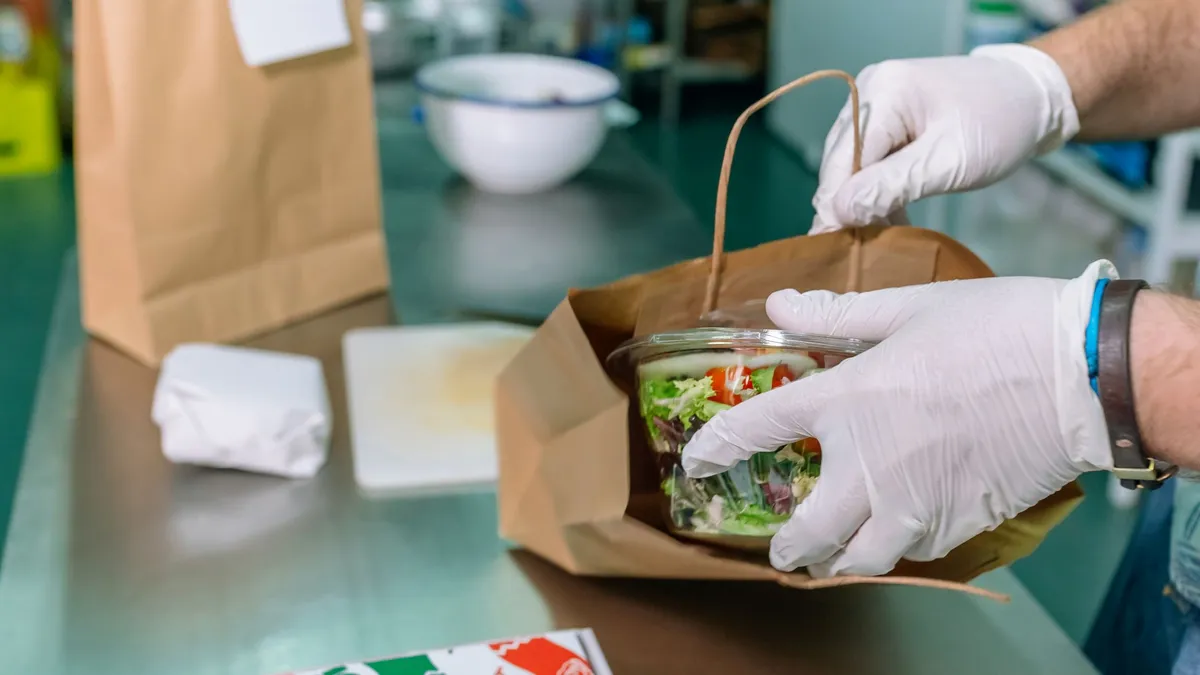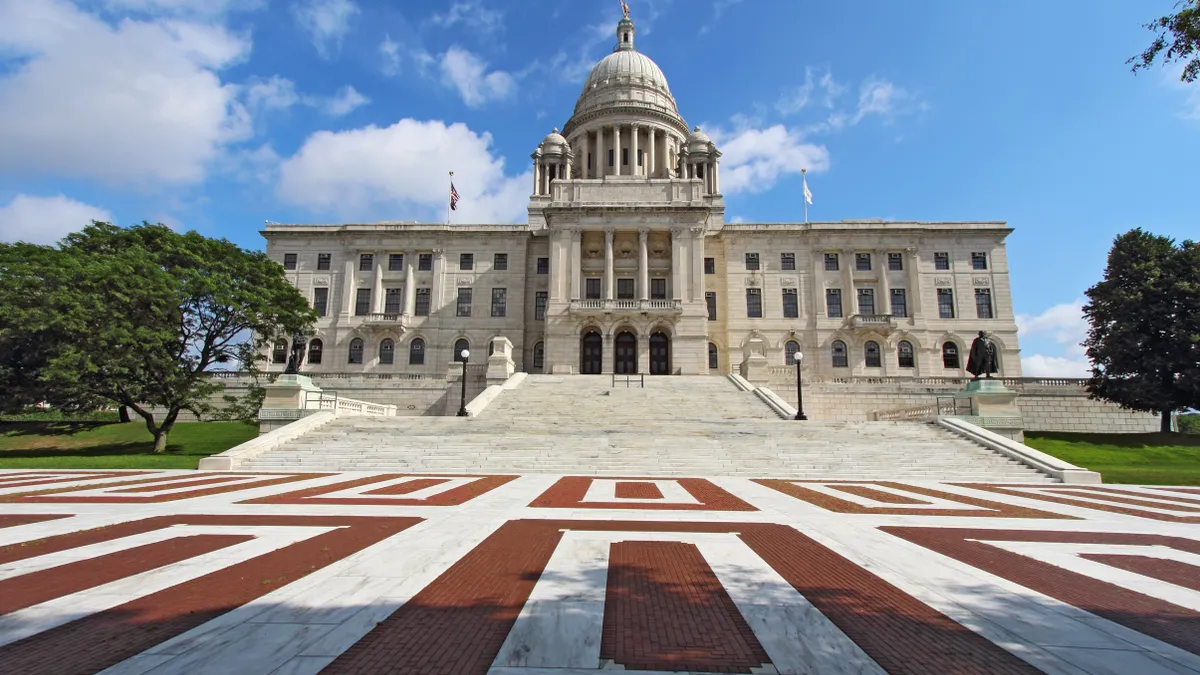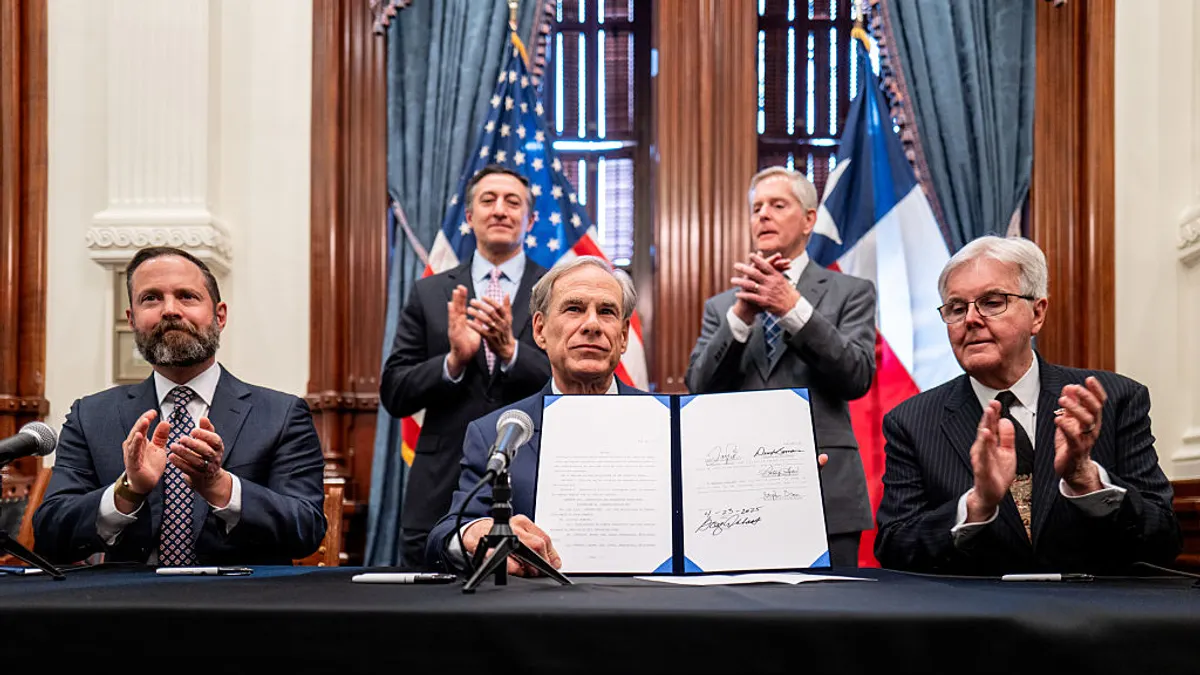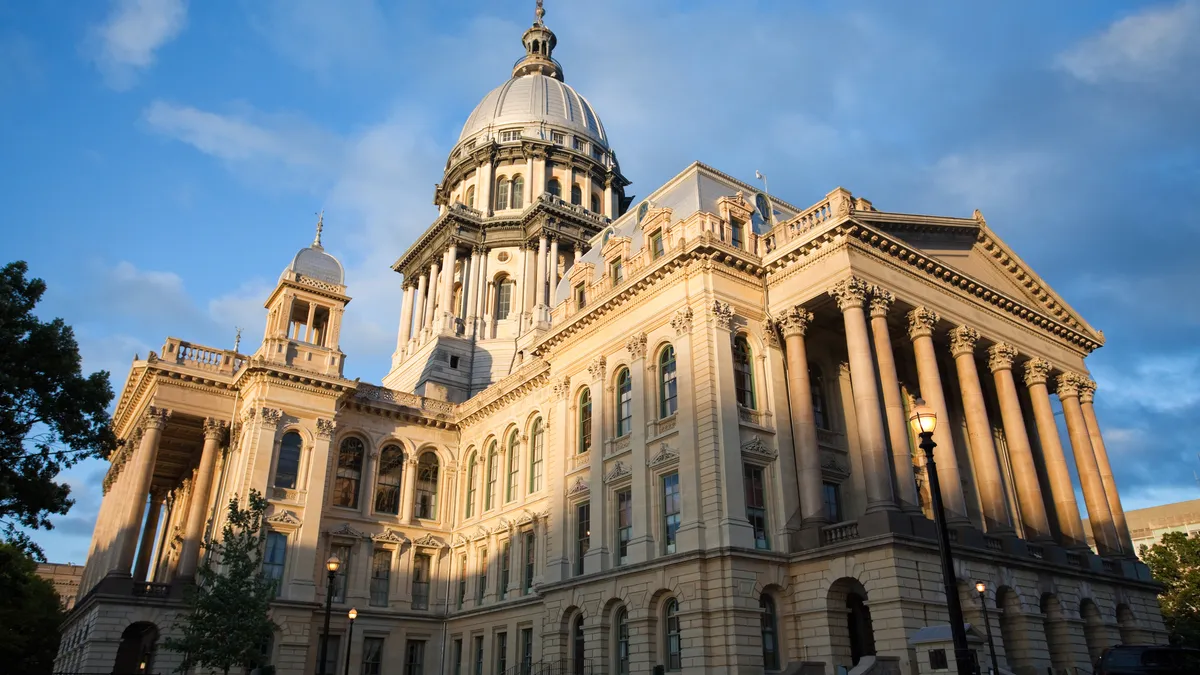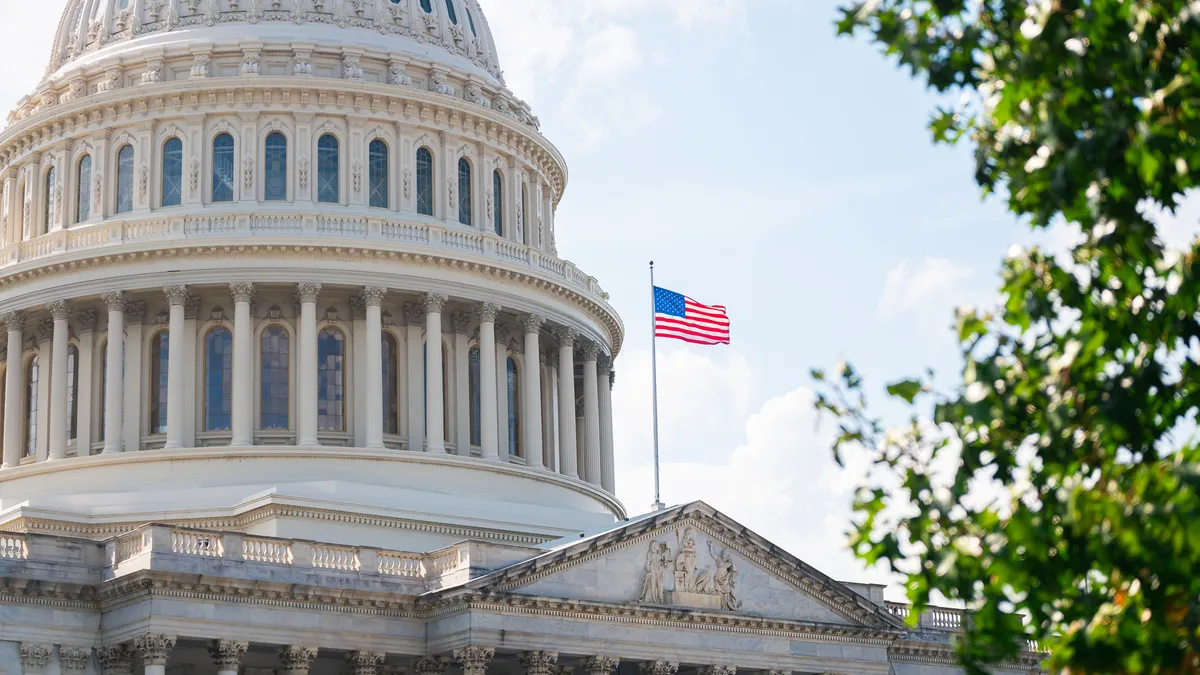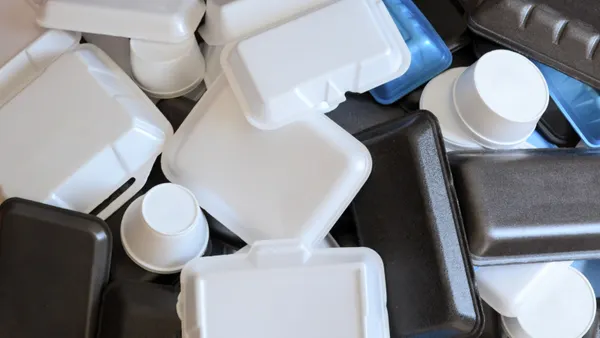Colorado has published its statewide recycling needs assessment, a major step in the implementation process for the state’s extended producer responsibility for packaging law.
Circular Action Alliance, which is Colorado’s producer responsibility organization, prepared the needs assessment along with HDR Engineering and Eunomia Research and Consulting. It provides details on Colorado’s current state of recycling and suggests “opportunities to improve system performance,” according to a release from CAA. The report is also meant to help Colorado develop a formalized statewide recycling plan, said Neil Menezes, chair of the CAA Colorado Board.
The report proposes a standardized “minimum recyclables” list of materials that all recycling facilities in Colorado must accept. It also proposes several options for investing in new MRF infrastructure and adding curbside services for an estimated 500,000 additional households in the state’s municipalities. And it proposes three scenarios for increasing the collection and recycling rates in Colorado by 2030 and 2035, including potential operating and capital costs for each scenario.
Following a public comment period, the Colorado Department of Public Health and the Environment will select one scenario to recommend to the state legislature’s Joint Budget Committee. The public comment period for the draft recycling scenarios is open through Feb. 19.
Led by CAA, Colorado’s EPR for packaging program will be funded by producers of consumer packaging and paper products supplied in the state. Under the EPR law, CAA must provide “equitable and convenient” access to recycling for all residents, and the needs assessment is one step in demonstrating how to improve such services, Menezes said in a statement.
The extensive report shows that recycling services vary widely in the state, in part because numerous residents live in mountainous or rural areas. One requirement of the EPR law is that recycling collection must be as convenient as trash collection. Only two-thirds of residents live in municipalities that currently offer single-stream recycling while more than 95% of residents in municipalities and 90% overall have some kind of curbside trash service, the report said.
In 2022, between 22% and 28% of consumer packaging and paper products that the EPR law will cover were recycled in Colorado, CAA says. Once implemented, the state’s EPR program could raise that recycling rate to between 47% and 60% by 2035, it estimates.
The cost to run recycling systems in the state was somewhere between $80 million and $140 million in 2022, but CAA estimates the recycling upgrades and changes proposed in the report could make that cost closer to between $130 million and $240 million, depending on whether the state legislature decides to approve a plan based on the needs assessment’s low, medium or high recycling rate scenarios.
Proposed statewide accepted materials list
The report proposes a statewide list of materials accepted for recycling, which it says will help reduce contamination and raise overall recycling rates by reducing consumer confusion about what goes in the bin.
The proposed “minimum” list includes items such as printed paper, packaging paper, corrugated cardboard, gable-top cartons, clear PET bottles and jugs and PET thermoforms, aluminum beverage containers, steel containers, and clear and colored glass, among other items.
A separate “additional items” list names materials that wouldn’t be required to be covered but would be encouraged at drop-off centers, curbside programs or other options. Those proposed materials include LDPE and HDPE film, paper cups, colored opaque PET bottles and paper “cans” that have steel ends, among other items.
Hauler and MRF considerations
Haulers offered feedback for the report, but CAA said some haulers were “apprehensive or unwilling” to share details like capital and operating costs or route information due to Colorado’s competitive solid waste business environment.
However, haulers did mention a steady rise in MRF tipping costs, which were “up by 50% in the last five years,” according to the report. Inflation, increased costs for fuel and labor, an increase in contamination and a decrease in end markets were all listed as factors. “EPR may help to provide greater financial stability and consistency of specific materials,” the report states.
Other haulers described cost challenges that are unique to Colorado, such as a state law regulating truck weight-to-axle ratios on mountain roads, meaning they haul less material on those routes. Steep and rugged roads in the mountains and on the state’s Western Slope create higher repair, maintenance and fuel costs, they said. Meanwhile, due to wildlife in the mountains and rural areas, some communities require special containers and more frequent pickup services, the report said.
The report also estimated costs for upgrading various MRFs, which CAA said is necessary to achieve higher recycling rates and improve recycling access across the state. Most MRFs surveyed for the needs assessment reported a contamination rate between 10% and 20%, according to the report.
CAA estimates capital upgrades to the existing MRF infrastructure in Colorado, which encompasses nine MRFs that offered data and feedback for the report, is approximately $85 million to $100 million. Those improvements — mostly equipment and facility upgrades — would yield an additional 600,000 tons of additional capacity per year for all commingled recyclable materials, the report says. “This represents a 60% increase in what the system can manage today,” CAA stated in a news release.
The report also noted that MRF infrastructure is “scarce” in many parts of the state, with most of the MRF facilities existing along Colorado’s populous Front Range area that includes the Denver metro region.
The report also recommended upgrades to transfer stations and composting facilities.
More details
The needs assessment delved into Colorado’s current end markets for recycled materials and found that end markets for packaging materials “are typically located out of state, with glass processed in Colorado.” The state does not have any paper mills, and it has limited nearby end markets for postconsumer plastics.
The report also covers topics such as education access and reuse and refill options. It also offers details on three scenarios for raising recycling rates by changing collection service frequencies, tweaking collection routes and making various levels of investment in recycling infrastructure.
Colorado is one of several states that must complete a needs assessment as a key part of the EPR implementation process. California expects its needs assessment to be published in “late 2025,” while Oregon has already published one focused on local government needs. Maryland and Illinois have not passed EPR for packaging laws but have passed laws calling for statewide needs assessments that could serve as a foundation for a future EPR law. Maryland’s is expected by the end of the year, while Illinois could publish theirs later in 2026.
Interested in more recycling in news? Sign up for Waste Dive’s weekly Recycling newsletter here.



